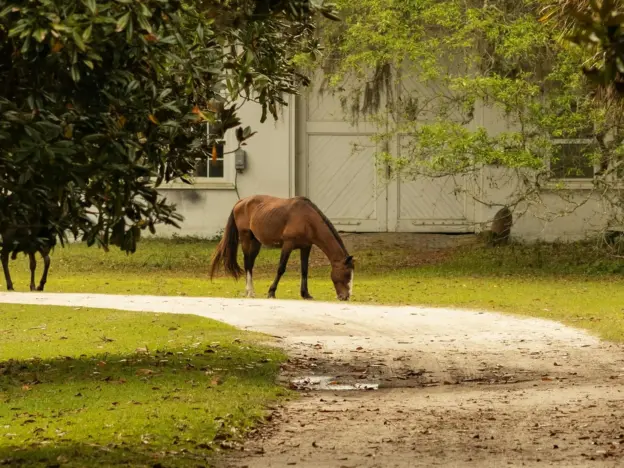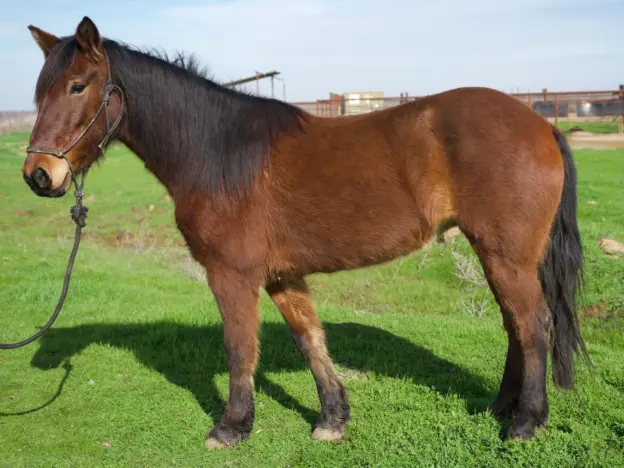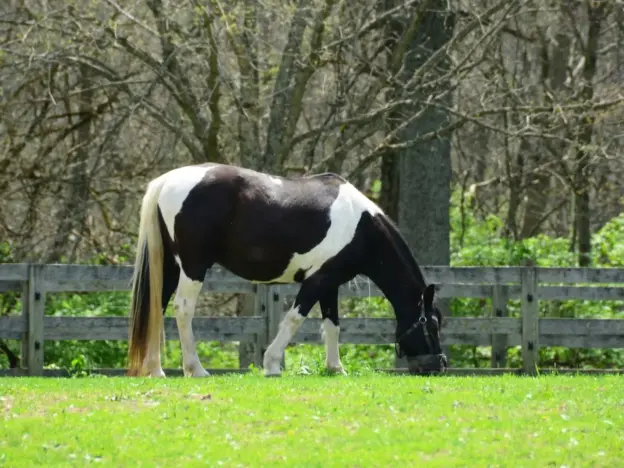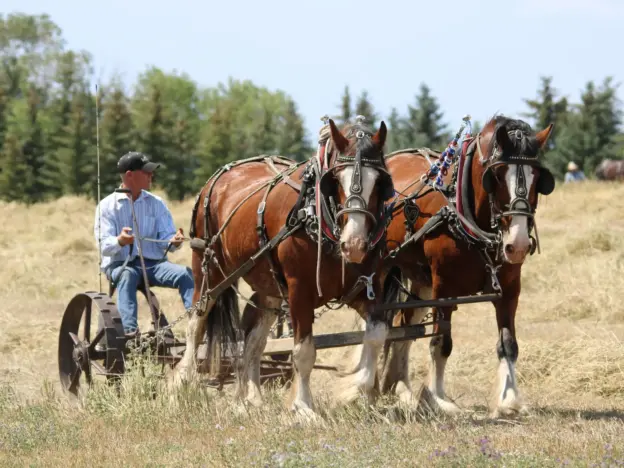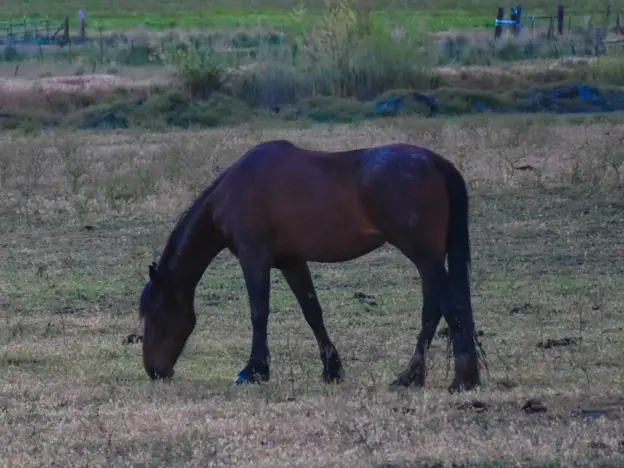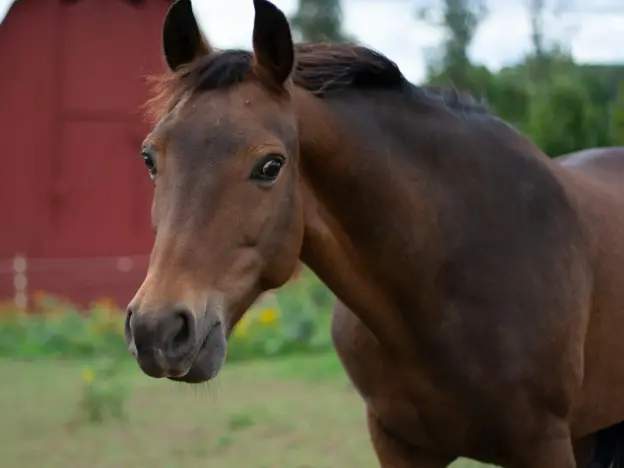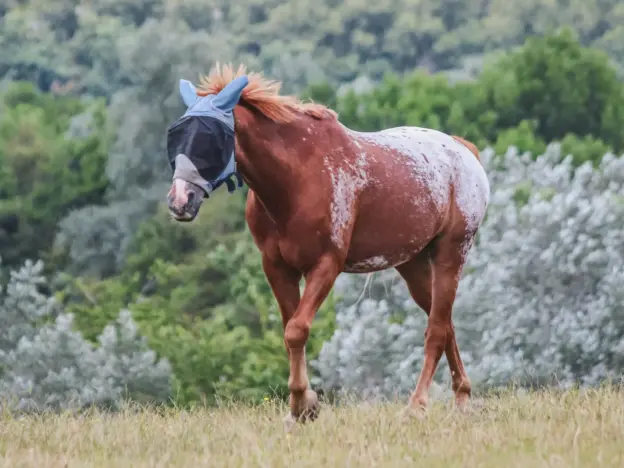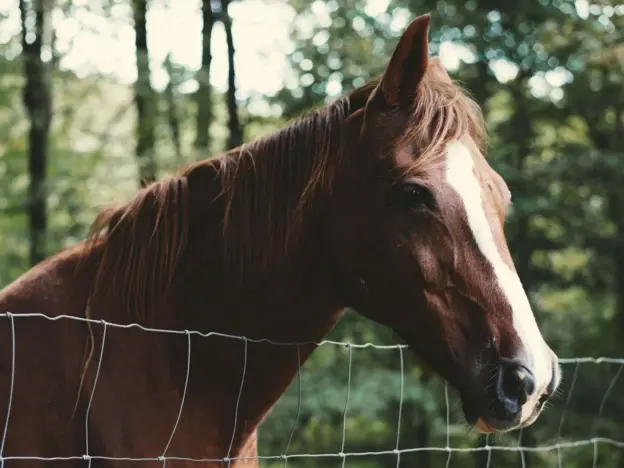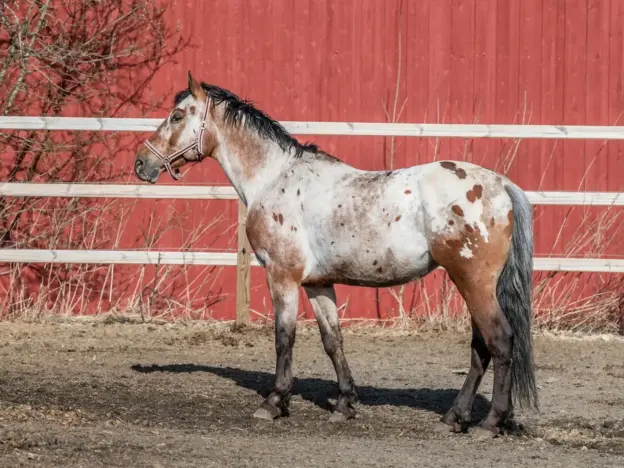Intro
Not an official breed, the Cumberland Island horses are a feral type found on Cumberland Island, Georgia. Unlike many of the American mustangs, these herds are not likely to have original Iberian genetics unless they were re-introduced in the form of modern breeds.
Read more
